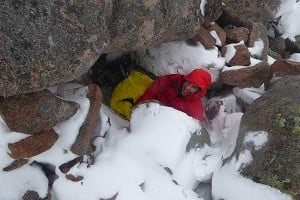
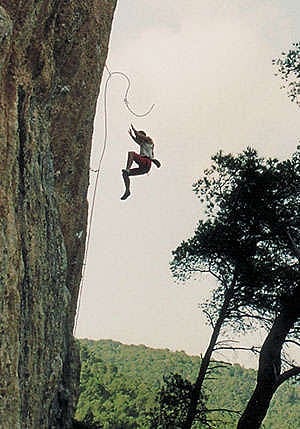
Re-threaded figure-of-eight
The re-threaded figure-of-eight knot is usually the first knot learnt by the novice climber.
Start with a figure-of-eight knot tied about 1m from the end of the rope (the actual distance will depend on the rope diameter).
Thread the end of the rope through the harness tie in point. Check the harness instructions on where to do this if unsure.
Take the end of the rope and retrace the knot.
Reverse the path of the original knot.
The complete knot should have two rope strands running next to each other.
Have you left a long enough tail? 10cm is the minimum safe length, so check this before tightening the knot.
Some people use the tail to tie a stopper knot. This isn't necessary, but it ensures that you've left a long enough tail without leaving a loose end flapping around. Always make sure the stopper knot is tied snug up to the figure-of-eight.
There it is then – a secure, reliable knot for tying in which is easy to learn and easy to check. Why bother learning any other? Well, this isn't the easiest knot to untie after a fall, and that's where the bowline with stopper comes in.
Bowline with stopper
A versatile knot which has some weaknesses but also some benefits compared to the previous knot.
Thread the rope through the harness tie in points.
Form a round loop in the main length of the rope, making sure that the rope coming in to the harness is on top of the loop.
Take the rope end up through the loop.
Take the rope end around the back of the main rope and then back down through the loop.
Tighten and check the knot.
Finish off with a stopper knot – this is essential to secure the knot safely.
Because it is an easy knot to untie (even after a fall) the bowline is popular with sport and indoor climbers. It has one major weakness – the tendency to become loose and invert and then become untied. Finishing off with a snugly tied stopper knot creates a safe and secure combination knot which should be periodically checked.
Variations
Although there are variations to both these knots which may be of interest, it's still a good idea to have one of the standard choices to fall back on. The floorwalker at your local wall may struggle to tell if your knot is correctly tied if it is unfamiliar, and novices are best learning the basics before moving on to the equally appropriate but harder to check variants.
Accident prevention
Being able to tie either of these 2 knots correctly isn't enough to keep you safe at the wall or crag. It's shockingly easy to be distracted or simply make a mistake. US climbing legend Lynn Hill almost ended her career (and her life) at Buoux, after failing to tie her knot correctly. Many others have not been so lucky.
There is a simple counter to this inherent ability of humans to make mistakes – it's called the buddy system. Before leaving the ground, the climber checks the belay system whilst the belayer checks that the climber is safely attached to a securely tightened harness. If you don't already use this system, give it a try, it might save you or your partner's life.
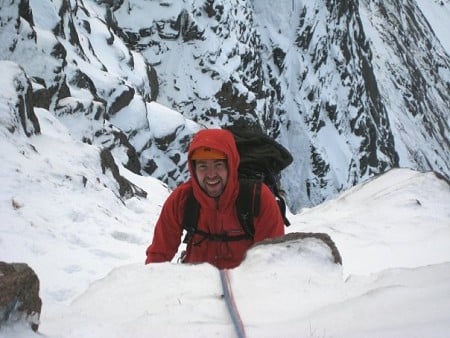
"I'm the Technical Officer for the BMC. This is a part time role, and my job is to provide technical advice and information to walkers, climbers and mountaineers. I do this through articles in Summit magazine and the BMC website. If you have a specific question about safety related mountaineering equipment, and you can't find the answer in our online resources, feel free to email me and I'll do my best to help."
- BMC Staff Contact Details: BMC Website




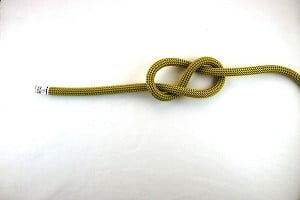
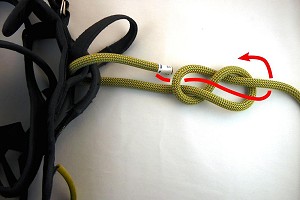
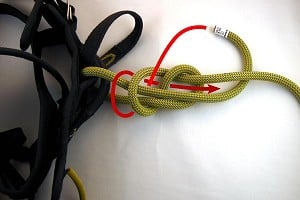
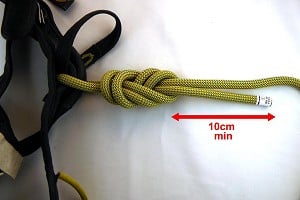
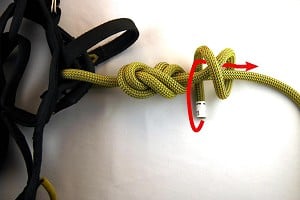


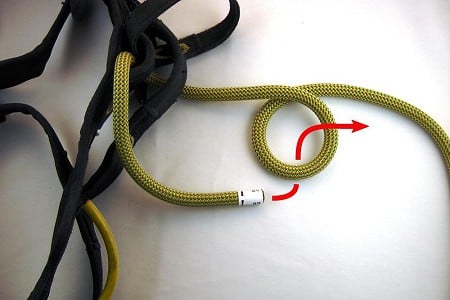
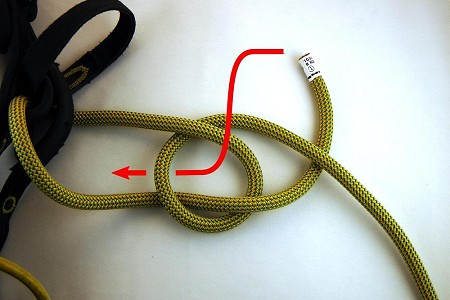
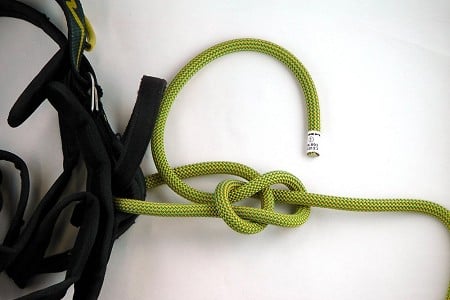
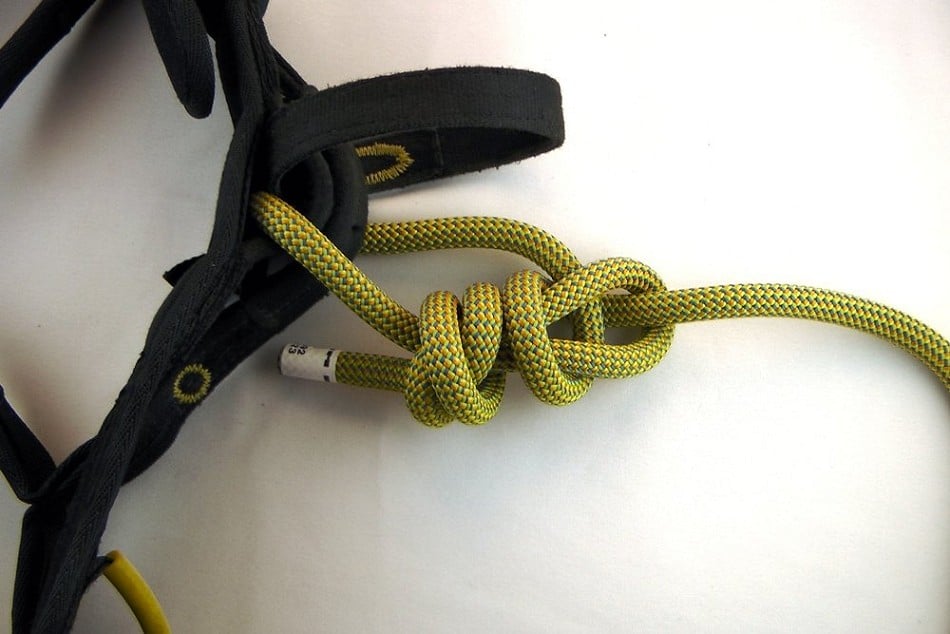

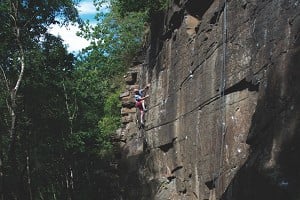
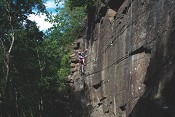
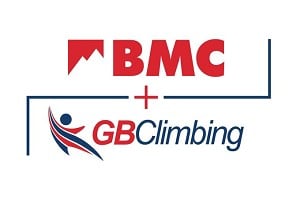
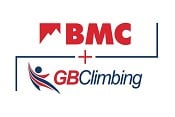








Comments